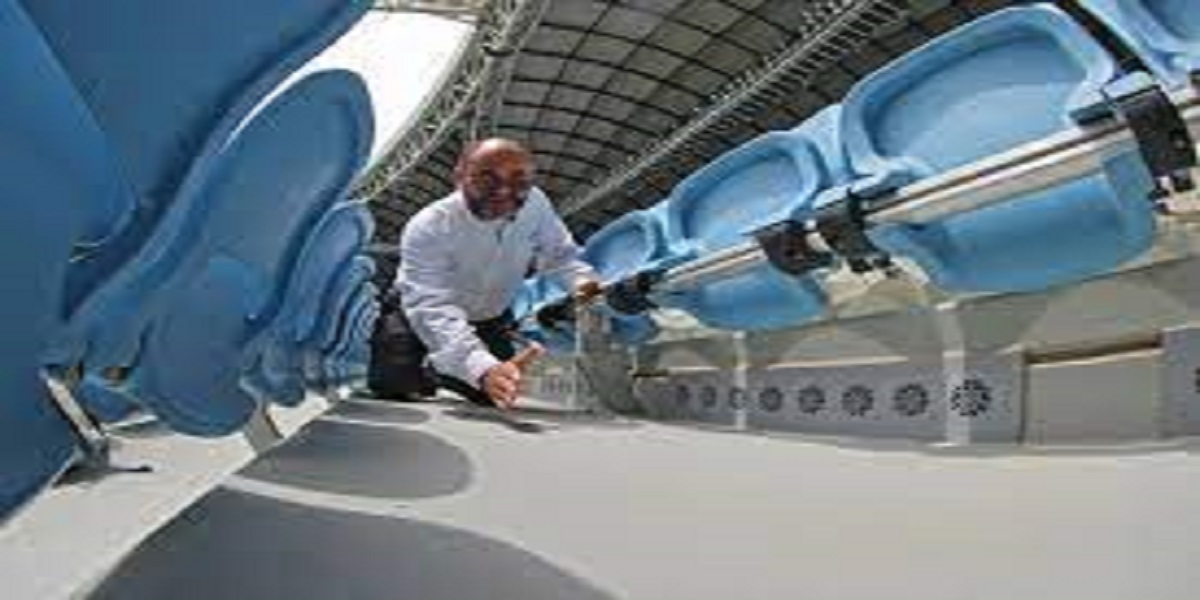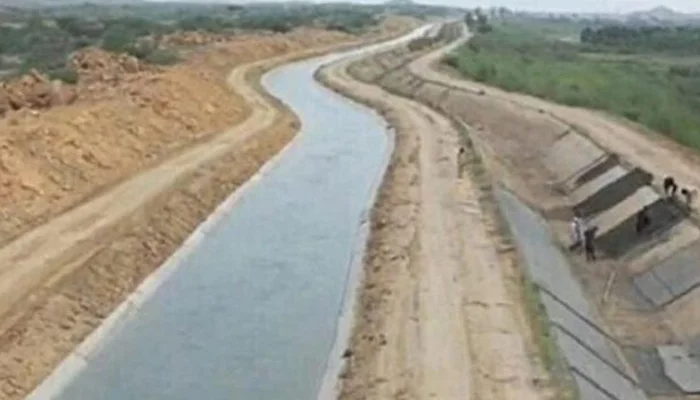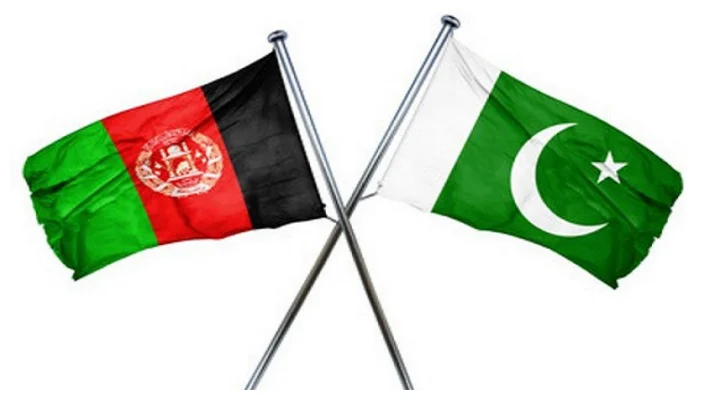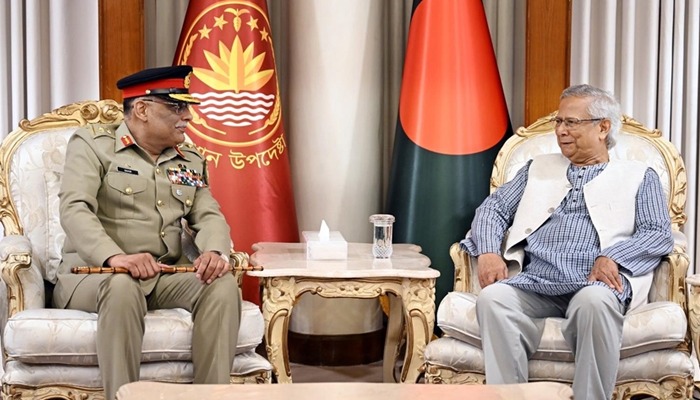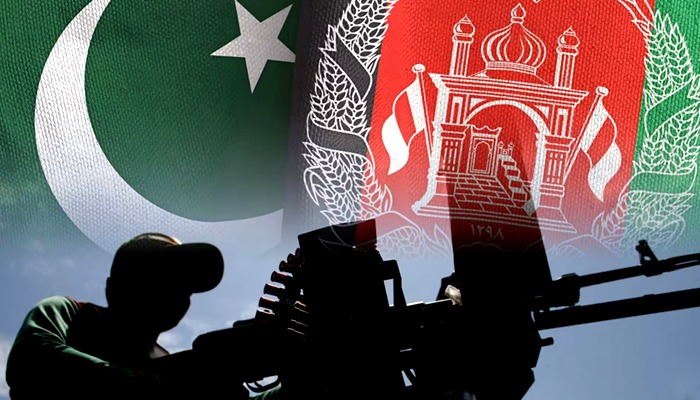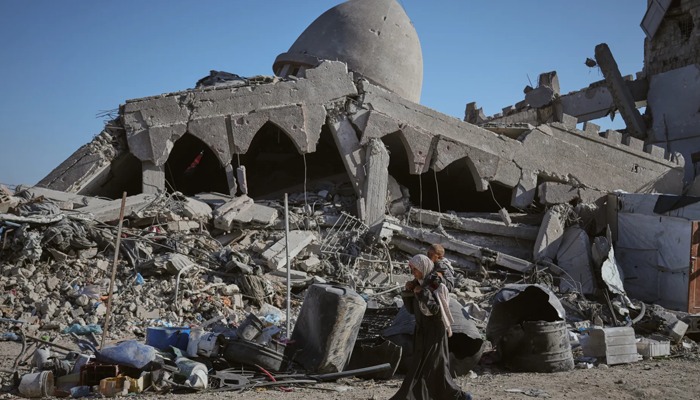Despite the fact that Qatar has become synonymous with extreme heat, some spectators will still wear a sweater to World Cup stadiums thanks to state-of-the-art air conditioning, which its inventor claims will become the norm for huge sporting events.
Dr. Cool, Saud Abdulaziz Abdul Ghani, worked on the solar-powered cooling system for 13 years, claiming it will keep the players and turf healthy and even eradicate body odour in a crowded stadium.
Summers in the Gulf state can reach 50 degrees Celsius (122 degrees Fahrenheit), which is why the World Cup was shifted to the winter this year.
Even though maximum temperatures for the competition in November and December will be about 25 degrees Celsius (77 degrees Fahrenheit), cool air will be pumped.
Stadium cooling isn’t a new concept. The New Orleans Saints American football team’s home stadium, the Superdome, includes 9,000 tonnes of air conditioning equipment.
“Dr Cool,” a Qatar University scientist who previously worked on the Ford Mondeo’s cooling system, has invented a method that World Cup organisers claim is 40 percent more “sustainable” than existing techniques.
At a World Cup that organisers claim will be carbon-neutral, seven of the eight stadiums are air-conditioned.
A two-metre-high “totally isolated bubble” of cool air will enclose the pitch and stands at the 40,000-capacity Al Janoub Stadium, which will host seven games including holders France’s first encounter.
Jets pumping air at the pitchside and under spectator seats will keep the temperature within the bubble at 21 degrees Celsius (70 degrees Fahrenheit).
Sensors placed throughout the stadium maintain a steady temperature and even change air flow for seats in the shade or sun.
The rising air is drawn back into the stadium cooling system, cleansed with water kept at a brisk 7 degrees Celsius (44 degrees Fahrenheit), and pumped out by the jets once more.
“The players will have the time of their lives,” Saud added, emphasising how the cool air will minimise injuries and illness caused by the intense heat.
The temperature within the bubble will be kept at 21 degrees Celsius by jets pushing air at the pitchside and under spectator seats (70 degrees Fahrenheit).
Sensors installed around the stadium keep the temperature consistent and even vary the air flow for seats in the shade or sun.
The rising air is sucked back into the stadium cooling system, washed with water kept at a chilly 7 degrees Celsius (44 degrees Fahrenheit), and blown out again by the jets.
[embedpost slug=”spain-deepens-economic-ties-with-gas-rich-qatar/”]
“The players will have the fun of their lives,” Saud said, emphasising how the cool air will prevent injuries and illness brought on by the extreme heat.
“Considering they’ll be there for four hours, that’s a lot of water.” In that space, I also have the heat of 160,000 laptops. So, regardless of whether it’s winter, summer, fall, or spring, that heat must be neutralised.”
However, the usage of air conditioning in stadiums is still debatable.
While the technology and renewable energy in Qatar may work, Russell Seymour, chief executive of the British Association for Sustainable Sport, expressed worry about the wider message sent by air conditioning an open arena.
At a time when workers are being asked to save energy, “very often people in an office will open the windows, they want fresh air, but they also have air conditioning on, and then things compete, and things go wrong,” says one employee.
Saud stated that any professional can inspect the system and verify his claims of sustainability. Patent restrictions have been removed, allowing anyone to reproduce the technique.
He is also confident that future World Cups would follow suit, particularly in the United States, Mexico, and Canada in 2026.
“Air-conditioned stadiums will become more of the standard in the future for the protection of athletes,” he said.
As global temperatures rise as a result of climate change, “air conditioning will be a must if you want participants to finish the game without water breaks or pauses.”

